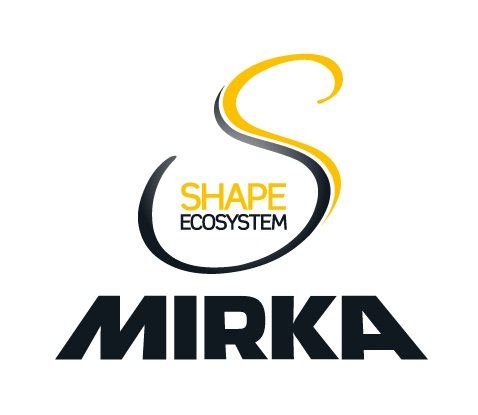Emulsion Polymers with Improved Circularity
The EPIC project is a bold step toward transforming the paints, coatings, adhesives, and surface finishing industries by replacing fossil-based acrylics with bio-based, non-persistent alternatives. With around 11 million tonnes of acrylics produced annually, their durability comes at a cost: they are nearly impossible to recycle and contribute significantly to microplastic pollution and carbon emissions.
The problem EPIC addresses is twofold:
The reliance on fossil feedstocks for acrylic production.
The environmental persistence of acrylic polymers, especially in thin-layer applications like coatings and adhesives.
The solution? EPIC aims to develop safe-by-design, carbohydrate-based acrylic emulsion polymers that are durable during use but degradable at end-of-life. By introducing oxygen and sulfur functionalities into the polymer backbone, the project explores ways to make these materials biodegradable without compromising performance.
Over three years, the consortium will:
Develop bio-based monomers from agricultural side streams.
Synthesize waterborne emulsions of acrylic binders and diluents .
Test these in real-world applications like paints, adhesives, leather finishing, and abrasive coatings.
Assess their environmental impact and economic feasibility.
Partners involved include Wageningen Food & Biobased Research (project lead), Arkema France (bio-acrylic acid production and scale-up), ADM (carbohydrate feedstock supplier), Stahl International BV, Baril Coatings BV, SABA Dinxperlo BV, and Mirka Ltd. (application testing and product development). Together, they form a full value chain—from feedstock to final product—working toward a circular, low-carbon future for materials. The project is supported by LVVN, Topsector Agri & Food.
“Joining the project supports Mirka’s goal of making 70% of its products from biobased or circular resources by 2035. It provides access to renewable raw materials, strengthens Mirka’s role as a sustainability leader, fosters cross-industry collaboration, and opens new market opportunities in adhesives and coatings”, says Monireh Imani, development chemist.
